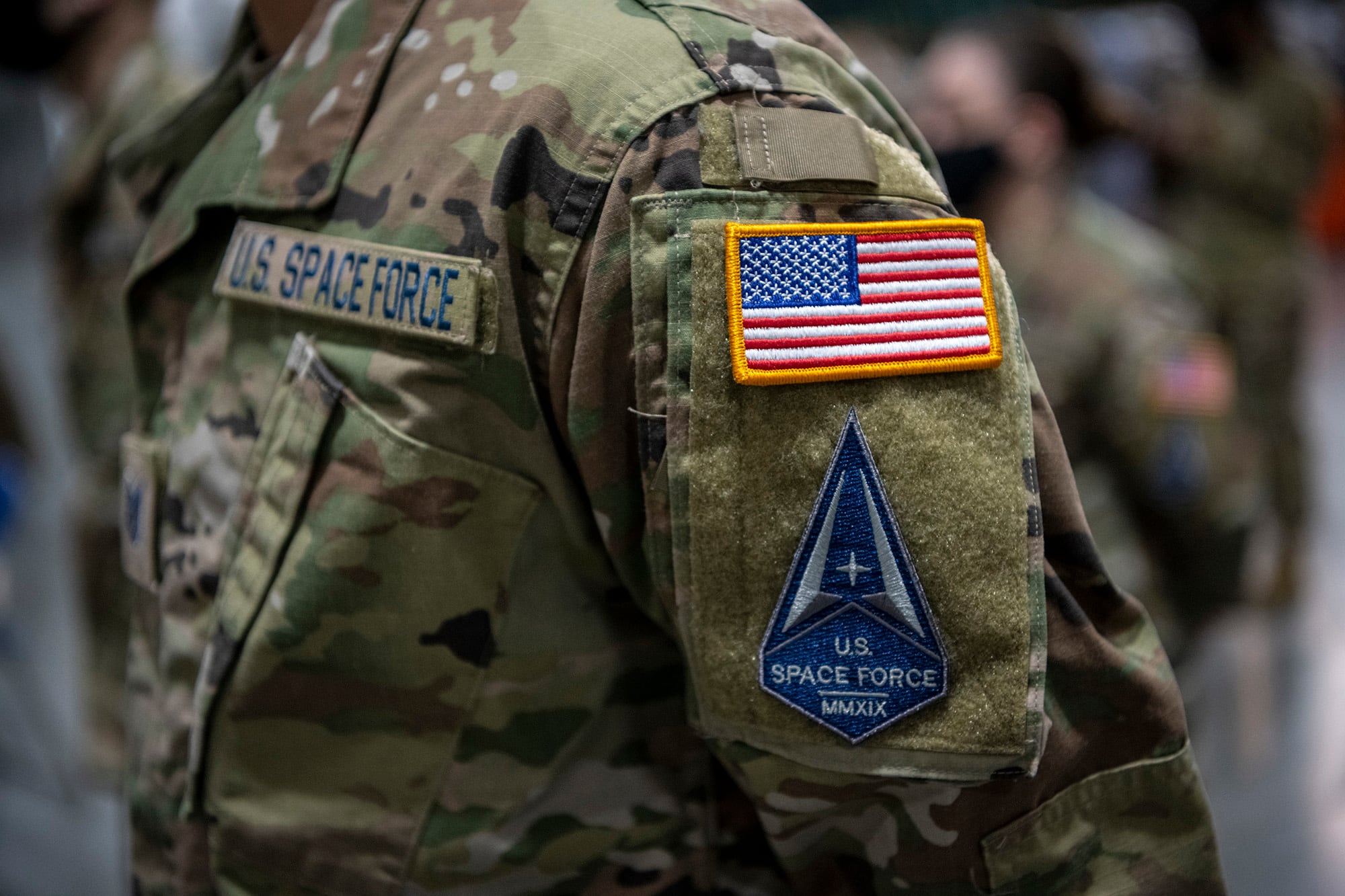COLORADO SPRINGS, Colo. — U.S. Space Force leaders said the service has made headway in implementing its vision to become the world’s first fully digital service, when asked at the 36th annual Space Symposium.
Chief of Space Operations Gen. Jay Raymond detailed three fundamental parts of the initiative: building a digital headquarters, establishing digital fluency and enabling digital engineering.
Raymond said the service had just hired a new chief technology and innovation officer who will help lead the push for a digital service. The Space Force has designated the Technology and Innovation Office as the lead on digital transformation — starting with a digitally focused headquarters. With just 600 people, the Space Force headquarters is relatively small, leaning on the Air Force for many supporting functions. Raymond has previously noted that with such a small staff, the Space Force headquarters has to use digital tools to remain effective and operate quickly.
RELATED

On the second point, Raymond said the Space Force already started training guardians to improve their digital skills.
“We’ve given licenses out to all of the guardians in the Space Force where they can go in and take courses and become more digitally fluent, understand software, understand the implications of that,” he said during a media roundtable. “We’ve gone through the first tranche of that and now built other courses and put those out for them to take as well.”
In separate remarks, Raymond noted that the Space Force’s recruiting effort has been strong, allowing the service to choose guardians who are top tier and ready for the digital environment in store for them.
The Space Force has also made progress implementing digital engineering, said Raymond, although he didn’t go into details about what the service had done.
Lt. Gen. Mike Guetlein, who heads up the recently established Space Systems Command, said his new field command is fully embracing the digital push.
“Those data standards are being developed. The platform is being developed. The hardware stack is being developed, so we can all communicate on a common framework,” said Guetlein in a separate media roundtable. “And now we’re starting to talk about: What does that digital platform look like that’s going to drive us all going forward?”
When the Space Force first shared its digital plans in May, it announced it was building a Digital Engineering Ecosystem where the government can work with industry partners in the cloud to review programs, share digital twins and experiment with new technologies. At the time, the Space Force said the unclassified version was already coming online, with a classified version expected in the late summer or early fall.
While that digital modeling environment is still being established, the Space Force is already able to share the virtually recreated space environments it use for simulations. That way, commercial partners can see how their satellites and space systems will operate in the Space Force’s plans.
“And now with the stand up of the Space Warfighting Analysis Center, we’re actually sharing the models that we’re using to do our simulations and the models that we would expect your digital twins to be plugging into. So the industry can now play with their designs and understand environments that we think they’re going to be challenged within space,” explained Guetlein.
Nathan Strout covers space, unmanned and intelligence systems for C4ISRNET.





